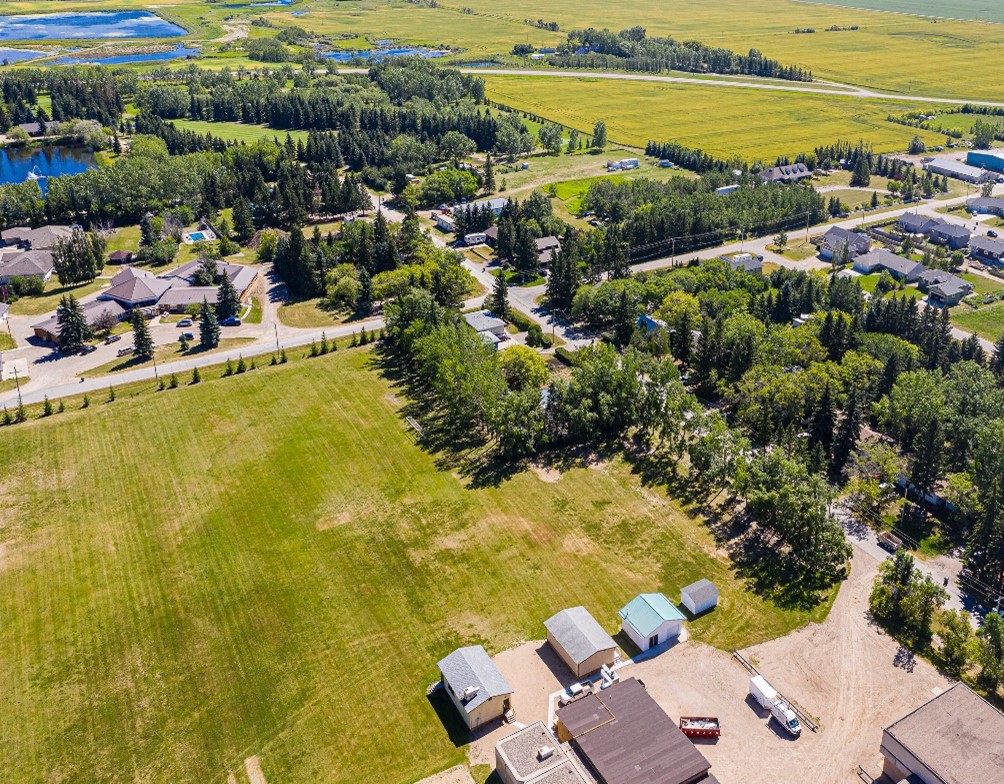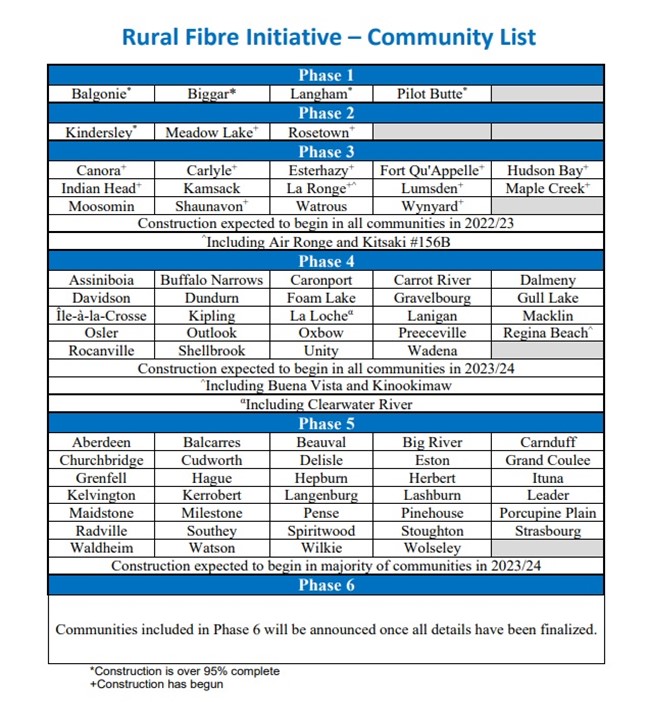SaskTel jumps winter hurdles to connect more Saskatchewan residents through the Rural Fibre Initiative
Saskatchewan winter conditions pose challenges for broadband Internet construction crews; however, SaskTel continues its work to complete the Rural Fibre Initiative in over 130 towns and villages across the province (Photo Courtesy of Getty Images)
For SaskTel, the socioeconomic benefits of expanding our fibre optic broadband network to more rural Saskatchewan communities far outweighs the construction challenges that arise during the winter months.
In December SaskTel announced it is doubling its investment in the multi-phase Rural Fibre Initiative, bringing the total investment to $200 million. This will allow SaskTel to expand SaskTel infiNETTM service to over 110,000 residents and businesses living and operating in more than 130 rural Saskatchewan communities. Construction in all communities is anticipated to be complete by the end of March 2025.
“Delivering Internet speeds of up to a Gigabit per second, our infiNET network ensures SaskTel customers have the bandwidth they need to surf, stream, and connect faster than ever,” said Doug Burnett, SaskTel President and CEO. “By upgrading our broadband networks to fibre, combined with the significant investments we are making to deploy our 5G wireless network, will ensure Saskatchewan remains one of the most well-connected regions in the country.”

The Town of Aberdeen, located about 40 kilometres northeast of Saskatoon, is one of 80 communities included in SaskTel’s latest Rural Fibre Initiative announcement (Photo courtesy of Getty Images).
Verona Thibault is the CEO at the Saskatchewan Economic Development Alliance (SEDA) and a passionate advocate for the increased development of internet infrastructure in Saskatchewan. She also sits on the Saskatchewan Broadband Action Committee (SBAC) which is represented by a collective of organizations – including SaskTel – who share concern and understanding over the issues related to broadband connectivity across the province.
“Access to stable internet is the first step to digital equity,” said Verona. “Fibre internet is the most reliable connectivity option, providing a foundation for residents to improve their social and economic well being through leveraging information technology. For businesses, the deployment of fibre service in rural areas opens up new markets for operators, which enables them to reach more consumers and increase revenues.”
She added, “As leaders, we can now work to ensure that individuals have the hardware, software, digital content and services, and maybe most importantly, digital training for civic and cultural participation, employment, lifelong learning, and access to essential services.”
SaskTel’s infiNET network is already the largest fibre optic broadband network in the province, and when the last phase of the RFI is complete the network will reach approximately 80 per cent of all Saskatchewan households. Further, our infrastructure has the capacity to grow to support the evolving needs of SaskTel’s customers and increasing popularity of cloud services, video streaming and smart technologies.
While SaskTel is steadfast in planning and executing the construction of our network projects, Saskatchewan’s climate and changing seasons present both challenges and opportunities for the company and its partners as we work to complete the RFI.
“We plan for less production from about mid-December to mid-January when the days start to get noticeably longer. By mid-February the temperatures are generally more cooperative and that’s when we will see a steady ramp up for construction through the back half of winter and into spring.”
– Brian Eltom, SaskTel Assistant Vice President for Fibre To The Premises (FTTP)
“Winter presents challenges for us in terms of the temperatures, the amount of snowfall a region may receive and the fact that our shortest days of the year are in that late fall and early winter season,” said Brian Eltom, SaskTel Assistant Vice President for Fibre To The Premises (FTTP). “As we now shift our fibre network construction focus from the larger urban centres to the smaller urban communities, one of the benefits we can leverage is the fact that the majority of customers in these smaller communities live and work in areas served by aerial networks versus underground.”
For underground construction—particularly in residential neighbourhoods—the cable is either plowed in or trenched during the mid-April through mid-November timeframe.
“Buried construction in the winter is only viable in those rare El Nino winters where the temperatures stay well above normal for long stretches at a time, and we receive little to no snow,” he said.
On the other hand, aerial construction is the installation of network facilities above ground in the public rights-of-way or city owned property by attaching network facilities to existing utility poles. This type of construction can take place year-round but also has limits due to weather conditions.
Brian explained that temperatures of -20C and below are too cold to have workers outside as it poses a health risk for the crews. Further, the fibre material used to construct the network becomes stiff and difficult to manage in those conditions.
“We plan for less production from about mid-December to mid-January when the days start to get noticeably longer,” he said. “By mid-February the temperatures are generally more cooperative and that’s when we will see a steady ramp up for construction through the back half of winter and into spring.”
While all rural towns and villages included in Phase 5 have been established, SaskTel is still finalizing Phase 6 and will make a formal announcement once those details have been confirmed.
Please see the table below for a complete list of the communities included in the RFI.
For more information about the work SaskTel is doing to keep Saskatchewan connected please visit www.sasktel.com/about-us/news.


